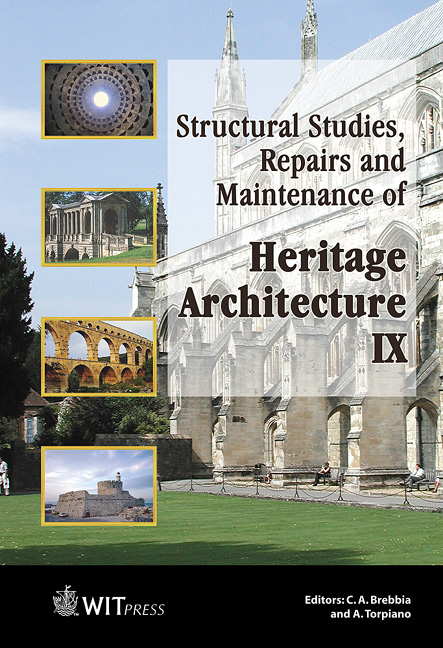The Preservation And Upgrading Of Historic Metal Truss Bridges And The Load Carrying Capacity
Price
Free (open access)
Transaction
Volume
83
Pages
8
Published
2005
Size
1,098 kb
Paper DOI
10.2495/STR050461
Copyright
WIT Press
Author(s)
J. B. Kim
Abstract
With respect to historic metal truss bridges the most frequently asked questions are: • How can we preserve our historically important bridges before they collapse from even just self-weight alone? • How much longer can these bridges be preserved? • How economically can these bridges be upgraded to carry modern traffic? • How safely can these bridges be rehabilitated? It is well recognized that conventional repair and rehabilitation procedures cannot preserve these bridges for an extended period of time, even for greatly reduced weight limits. Since these bridges were constructed for much lighter loads, they are not able to carry today’s traffic loads, even with the total replacement of every member and connection. Thus, conventionally rehabilitated historic bridges are sometimes moved to remote locations such as parks. Of course, this is not the most desired option because of costs and practicality. It would be ideal to preserve more historically important bridges by strengthening them so that they can carry modern traffic at their present locations for extended periods. One way would be to preserve the original architecture but with discrete elements added in such a manner that these historic bridges can continue to carry modern traffic for a duration equivalent to that of a new bridge. In this way, the original architecture would be readily recognizable for greater appreciation of our engineering and cultural heritage. Keywords: bridge, metal truss, preservation, safety, load carrying capacity and upgrade.
Keywords
bridge, metal truss, preservation, safety, load carrying capacity and upgrade.




